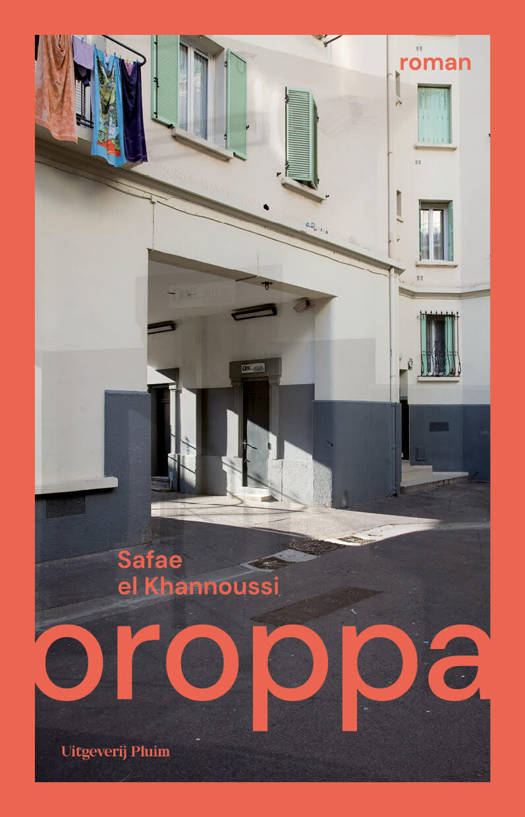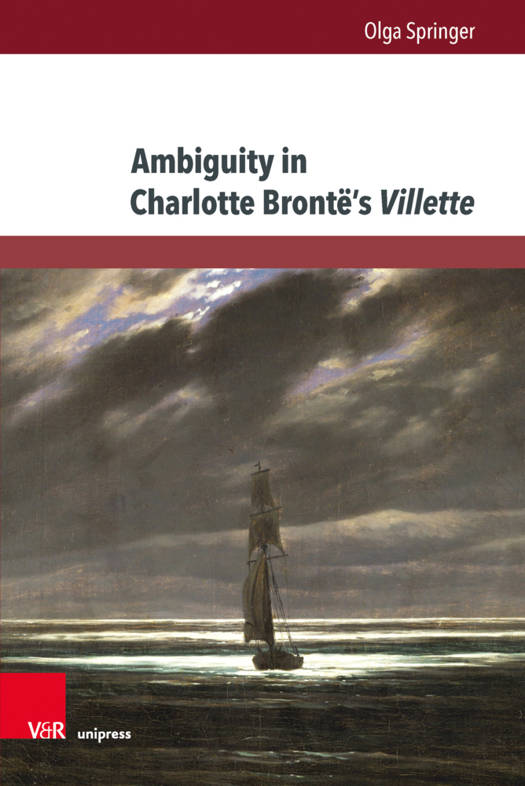
- Afhalen na 1 uur in een winkel met voorraad
- Gratis thuislevering in België vanaf € 30
- Ruim aanbod met 7 miljoen producten
- Afhalen na 1 uur in een winkel met voorraad
- Gratis thuislevering in België vanaf € 30
- Ruim aanbod met 7 miljoen producten
Zoeken
€ 54,45
+ 108 punten
Omschrijving
Charlotte Bronte's 1853 novel Villette has been associated with ambiguity because of its open ending. But there are many other aspects relevant to ambiguity. Lucy's ambivalent attitude toward herself and others, her reticence and stylistic idiosyncrasies (such as negations and inversions) as a narrator make the novel a text in which ambiguity is all-pervasive: it is embodied in Lucy Snowe's signature phrase, 'I know not, ' expressive of her existential doubts and questioning attitude toward the world. The study explores the narrator-protagonist's ambivalent attitude toward herself and others, through an analysis of her stylistic idiosyncrasies such as negations and inversions. It moreover focuses on the motif of the oracle as a traditionally ambiguous utterance, and explores its relevance in the context of the generic tradition in which Villette stands. A further central theme is the novel's use of allegories and the interplay of the figurative and literal levels of meaning, imparting an ambiguous quality to the text.
Specificaties
Betrokkenen
- Auteur(s):
- Uitgeverij:
Inhoud
- Aantal bladzijden:
- 283
- Taal:
- Engels
- Reeks:
- Reeksnummer:
- nr. 3
Eigenschappen
- Productcode (EAN):
- 9783847111191
- Verschijningsdatum:
- 17/02/2020
- Uitvoering:
- Hardcover
- Formaat:
- Genaaid
- Afmetingen:
- 150 mm x 231 mm
- Gewicht:
- 517 g

Alleen bij Standaard Boekhandel
+ 108 punten op je klantenkaart van Standaard Boekhandel
Beoordelingen
We publiceren alleen reviews die voldoen aan de voorwaarden voor reviews. Bekijk onze voorwaarden voor reviews.











